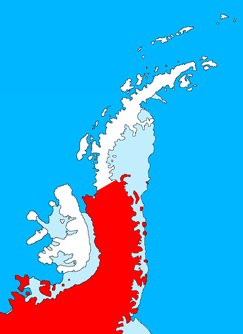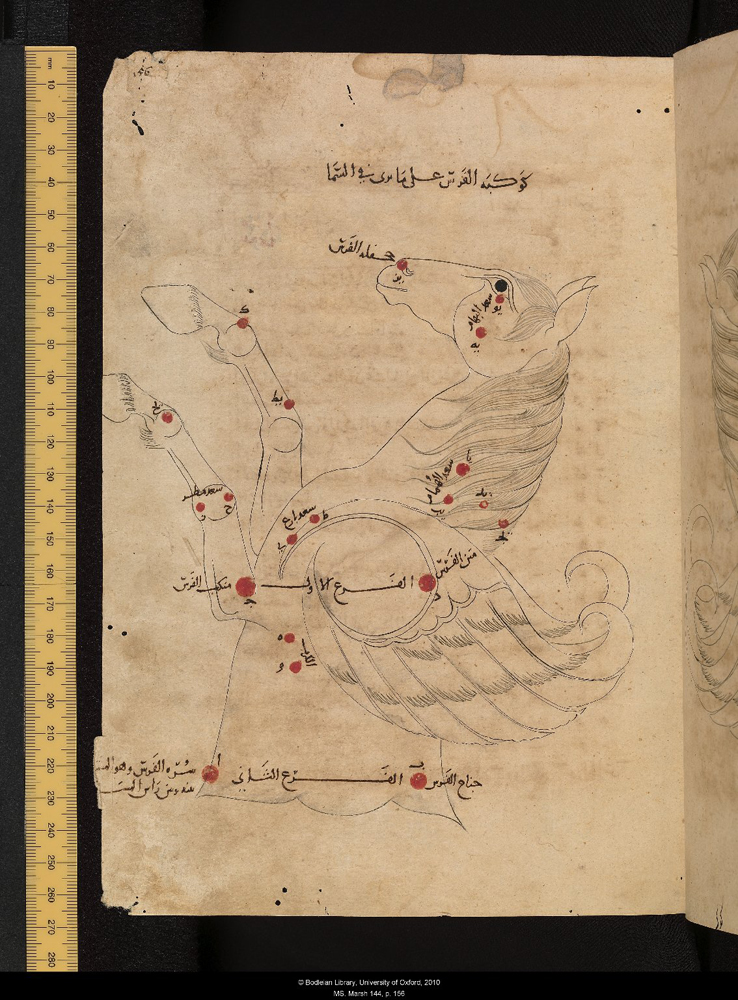|
Mount Markab
Mount Markab is a striking mountain in Antarctica, with a pointed summit (topography), peak which provides a notable landmark. It is located on the north side of the Pegasus Mountains, about northeast of Gurney Point, on the west coast of Palmer Land. The mountain was named by the UK Antarctic Place-Names Committee after the star Markab (star), Markab in the constellation of Pegasus (constellation), Pegasus. References Mountains of Palmer Land {{PalmerLand-geo-stub ... [...More Info...] [...Related Items...] OR: [Wikipedia] [Google] [Baidu] |
Mountain
A mountain is an elevated portion of the Earth's crust, generally with steep sides that show significant exposed bedrock. Although definitions vary, a mountain may differ from a plateau in having a limited summit area, and is usually higher than a hill, typically rising at least above the surrounding land. A few mountains are inselberg, isolated summits, but most occur in mountain ranges. mountain formation, Mountains are formed through tectonic plate, tectonic forces, erosion, or volcanism, which act on time scales of up to tens of millions of years. Once mountain building ceases, mountains are slowly leveled through the action of weathering, through Slump (geology), slumping and other forms of mass wasting, as well as through erosion by rivers and glaciers. High elevations on mountains produce Alpine climate, colder climates than at sea level at similar latitude. These colder climates strongly affect the Montane ecosystems, ecosystems of mountains: different elevations hav ... [...More Info...] [...Related Items...] OR: [Wikipedia] [Google] [Baidu] |
Summit (topography)
A summit is a point on a surface that is higher in elevation than all points immediately adjacent to it. The topography, topographic terms acme, apex, peak (mountain peak), and zenith are synonymous. The term (mountain top) is generally used only for a mountain peak that is located at some distance from the nearest point of higher elevation. For example, a big, massive rock next to the main summit of a mountain is not considered a summit. Summits near a higher peak, with some Topographic prominence, prominence or Topographic isolation, isolation, but not reaching a certain cutoff value for the quantities, are often considered ''subsummits'' (or ''subpeaks'') of the higher peak, and are considered part of the same mountain. A pyramidal peak is an exaggerated form produced by ice erosion of a mountain top. For summits that are permanently covered in significant layers of ice, the height may be measured by the highest point of rock (rock height) or the highest point of permanent ... [...More Info...] [...Related Items...] OR: [Wikipedia] [Google] [Baidu] |
Pegasus Mountains
Pegasus Mountains () is a mountain range, 16 nautical miles (30 km) long, consisting of a system of ridges and peaks broken by two passes. Located between Bertram and Ryder Glaciers and immediately east of Gurney Point on the west coast of Palmer Land, Antarctica. Named by United Kingdom Antarctic Place-Names Committee (UK-APC) after the constellation of Pegasus. Peaks * Fomalhaut Nunatak * Mount Crooker *Mount Markab Mount Markab is a striking mountain in Antarctica, with a pointed summit (topography), peak which provides a notable landmark. It is located on the north side of the Pegasus Mountains, about northeast of Gurney Point, on the west coast of Palmer La ... References Mountain ranges of Palmer Land {{PalmerLand-geo-stub ... [...More Info...] [...Related Items...] OR: [Wikipedia] [Google] [Baidu] |
Gurney Point
Gurney Point () is a small rocky mass overlooking George VI Sound, rising to and marking the western extremity of the rock ridge separating Bertram Glacier and Ryder Glacier on the west coast of Palmer Land, Antarctica. The point was first seen and photographed from the air on November 23, 1935, by Lincoln Ellsworth, and was mapped from these photographs by W.L.G. Joerg. It was surveyed in 1936 by the British Graham Land Expedition (BGLE) under John Rymill, and was named by the UK Antarctic Place-Names Committee The UK Antarctic Place-Names Committee (or UK-APC) is a United Kingdom government committee, part of the Foreign and Commonwealth Office, responsible for recommending names of geographical locations within the British Antarctic Territory (BAT) an ... in 1954 for Norman A. Gurney, a member of the BGLE, 1934–37. References Headlands of Palmer Land {{PalmerLand-geo-stub ... [...More Info...] [...Related Items...] OR: [Wikipedia] [Google] [Baidu] |
Palmer Land
Palmer Land () is the portion of the Antarctic Peninsula, Antarctica that lies south of a line joining Cape Jeremy and Cape Agassiz. This application of Palmer Land is consistent with the 1964 agreement between the Advisory Committee on Antarctic Names and the UK Antarctic Place-Names Committee, in which the name Antarctic Peninsula was approved for the major peninsula of Antarctica, and the names Graham Land and Palmer Land for the northern and southern portions, respectively. The line dividing them is roughly 69° S. Boundaries In its southern extreme, the Antarctic Peninsula stretches west, with Palmer Land eventually bordering Ellsworth Land along the 80° W line of longitude. Palmer Land is bounded in the south by the ice-covered Carlson Inlet, an arm of the Filchner–Ronne Ice Shelf, Filchner-Ronne Ice Shelf, which crosses the 80° W line. This is the base of Cetus Hill. This feature is named after Nathaniel Palmer, an American sealer who explored the Antarctic Peninsula a ... [...More Info...] [...Related Items...] OR: [Wikipedia] [Google] [Baidu] |
UK Antarctic Place-Names Committee
The UK Antarctic Place-Names Committee (or UK-APC) is a United Kingdom government committee, part of the Foreign and Commonwealth Office, responsible for recommending names of geographical locations within the British Antarctic Territory (BAT) and the South Georgia and the South Sandwich Islands (SGSSI). Such names are formally approved by the Commissioners of the BAT and SGSSI respectively and published in the BAT Gazetteer and the SGSSI Gazetteer maintained by the Committee. The BAT names are also published in the international Composite Gazetteer of Antarctica maintained by SCAR. The Committee may also consider proposals for new place names for geographical features in areas of Antarctica outside BAT and SGSSI, which are referred to other Antarctic place-naming authorities or decided by the Committee itself if situated in the unclaimed sector of Antarctica. Names attributed by the committee * Anvil Crag, named for descriptive features * Anckorn Nunataks, named after J. F ... [...More Info...] [...Related Items...] OR: [Wikipedia] [Google] [Baidu] |
Markab (star)
Alpha Pegasi (α Pegasi, abbreviated Alpha Peg, α Peg), formally named Markab , is the third-brightest star in the constellation of Pegasus and one of the four stars in the asterism known as the Great Square of Pegasus. Properties Alpha Pegasi has a stellar classification of A0 IV, indicating that it is an A-type subgiant star that has exhausted the hydrogen at its core and has evolved beyond the main sequence. Its spectrum has also been classified as B9V and B9.5III. It is rotating rapidly, with a projected rotational velocity of 130 km/s giving a lower bound on the azimuthal velocity along the star's equator. The effective temperature of the photosphere is about 10,000 K and the star has expanded to nearly five times the radius of the Sun, emitting 165 times as much energy as the sun. Nomenclature ''α Pegasi'' ( Latinised to ''Alpha Pegasi'') is the star's Bayer designation. It bore the traditional name ''Markab'' (or ''Marchab''), which deriv ... [...More Info...] [...Related Items...] OR: [Wikipedia] [Google] [Baidu] |
Pegasus (constellation)
Pegasus is a constellation in the northern sky, named after the winged horse Pegasus in Greek mythology. It was one of the 48 constellations listed by the 2nd-century astronomer Ptolemy, and is one of the IAU designated constellations, 88 constellations recognised today. With an apparent magnitude varying between 2.37 and 2.45, the brightest star in Pegasus is the orange supergiant Epsilon Pegasi, also known as Enif, which marks the horse's muzzle. Alpha Pegasi, Alpha (Markab), Beta Pegasi, Beta (Scheat), and Gamma Pegasi, Gamma (Algenib), together with Alpha Andromedae (Alpheratz) form the large Asterism (astronomy), asterism known as the ''Square of Pegasus''. Twelve star systems have been found to have exoplanets. 51 Pegasi was the first Sun-like star discovered to have an exoplanet companion. Mythology The Babylonian constellation IKU (field) had four stars of which three were later part of the Greek constellation ''Hippos'' (Pegasus). Pegasus, in Greek mythology, was a winge ... [...More Info...] [...Related Items...] OR: [Wikipedia] [Google] [Baidu] |



